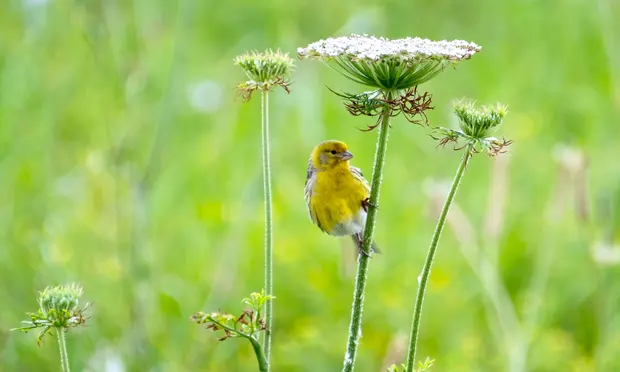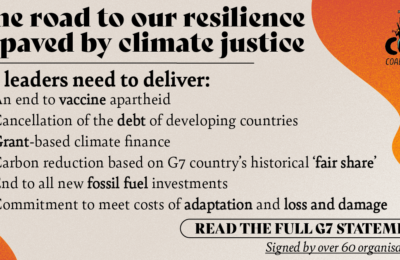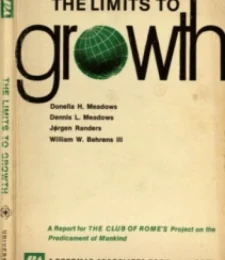A useful explainer from the Guardian.
Once-in-a-decade plans to protect the natural world and halt its destruction will be decided in Canada in December
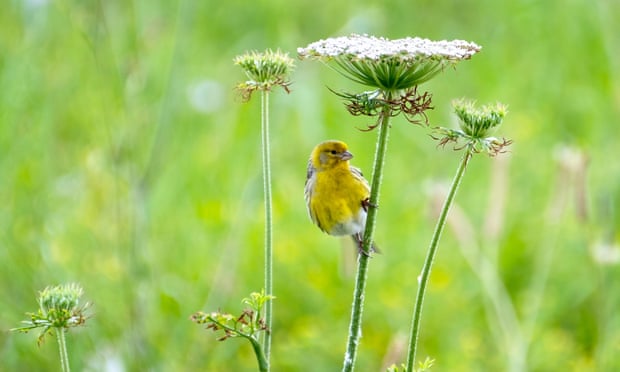
With only a few short months until Cop15 in Montreal, governments are gearing up to create targets on biodiversity for the next decade. The world has so far failed to meet any UN targets on halting the loss of nature, yet awareness of the challenge is greater than ever. Here we examine why this UN meeting matters and how it could herald meaningful action on nature loss.
What is Cop15?
Nature is in crisis and for the past three decades governments have been meeting to ensure the survival of the species and ecosystems that underpin human civilisation. The Earth Summit in Rio in 1992 saw the creation of three conventions: on climate change, desertification and biodiversity. The aim of the convention on biological diversity (CBD) is for countries to conserve the natural world, its sustainable use, and to share the benefits of its genetic resources.
Every 10 years, governments agree new targets on protecting biodiversity, which they aim to meet by the end of the decade. The last round of targets was agreed at Cop10 in Nagoya, Japan, in 2010, when governments pledged to halve the loss of natural habitats and expand nature reserves to 17% of the world’s land area by 2020, among other targets. They failed on every count (more on that below).
Every two years or so there are “ordinary” meetings for governments to check on their progress. The Montreal meeting, Cop15 (which stands for conference of the parties meeting for the 15th time ), is “extraordinary” because a new set of targets is being agreed.
When, where and who is in charge?
The two-week conference starts on 7 December in Montreal, Canada, although China will hold the Cop15 presidency, the first time it has done so for a leading UN environmental agreement. This is because the summit had been scheduled to take place in Kunming, China, but was moved after successive pandemic-related delays and concerns over hosting an international summit under Beijing’s zero-Covid policy.
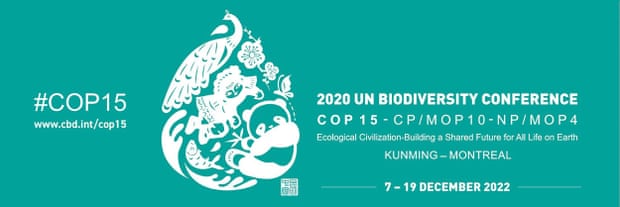
Delegates will arrive in Montreal just a few weeks after the climate Cop27 in Egypt. The official text is expected to be signed off on Saturday 17 December, the eve of the World Cup final in Qatar, although negotiations often go beyond the deadline.
How is it different from the climate Cops?
Biodiversity Cops are separate from climate Cops, the most recent of which was Cop26 in Glasgow. Climate Cops have a clear focus to limit global temperature rises to “well below” 2C above pre-industrial levels, while aiming to limit heating to 1.5C, as settled under the Paris agreement in 2015.
At the moment, the UN’s biodiversity process does not have an equivalent north star. Governments will sign off targets under the three aims of the convention – conservation, sustainable use and sharing the benefits of genetic resources – which can sometimes clash with each other and are often very technical, even for those negotiating the agreement.
The summit’s final text – known as the post-2020 global biodiversity framework – is likely to include more than 20 targets that range from pledges to crack down on invasive species to complicated rules on the use of synthetic biology.
What is biodiversity?
Biodiversity is the variety of life on Earth – the air we breathe, the water we drink and the food we eat, all rely on it. Scientists are still trying to understand how the web of life fits together and despite advances in technology, we can still only guess at the true number of species that live on our planet.
But we do know that life is not distributed equally: countries such as Brazil, Colombia, Indonesia and China have incredible concentrations of plants, mammals, fungi and amphibians in their vast and unique ecosystems. A few hectares of the Borneo rainforest or a coral reef can be home to more species than live in the whole of the UK, and humanity relies on the healthy functioning of large ecosystems to survive.
Biodiversity is also the foundation of the global economy. More than half of global GDP – equal to $41.7tn (£34.6tn) – is dependent on the healthy functioning of the natural world, according to the insurance group Swiss Re.
Why should we worry?
Earth is experiencing the largest loss of life since the dinosaurs, and humans are to blame. The way we mine, pollute, hunt, farm, build and travel is putting at least one million species at risk of extinction, according to scientists. The sixth mass extinction in geological history has already begun, some scientists assert, with billions of individual populations being lost.
Unlike changes to the climate, which could be reversible even if it takes thousands of years, extinctions and the eradication of ecosystems are permanent.
As well as underpinning the health of ecosystems, biodiversity provides our basic needs. Human existence relies on having clean air, food and a habitable climate, all of which are regulated by the natural world. For example, 95% of the food we eat is produced in the soil, an ecosystem we know almost nothing about. Yet up to 40% of the world’s land is severely degraded by unsustainable agricultural practices, according to the UN.
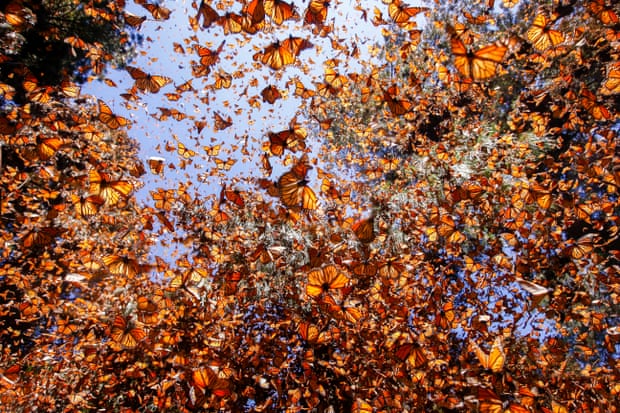
Likewise, the extinction of animals, insects, plants, and all living things has huge knock-on effects. Species need to be working together in harmony in order to thrive and provide the essential services humans need to survive. This is why biodiversity is so important. Life on Earth is like a giant web, and our actions are causing its threads to unravel. We cannot afford for it to fall apart.
What species are in trouble?
We are seeing huge declines in wildlife across the board. According to scientists, insect numbers are plummeting, with some saying we’re living through an “insect apocalypse”; more than 500 species of land animals are on the brink of extinction and likely to be lost within 20 years; one in five reptiles are facing extinction; one in eight bird species are threatened; and 40% of the world’s plant species are at risk.
The five biggest threats to biodiversity are changes in land and sea use; direct exploitation of natural resources; the climate crisis; pollution and invasive species.
All wildlife is affected by human-induced destruction. A report from 2018 written by 59 scientists found humans had wiped out 60% of mammals, birds, fish and reptiles since 1970, with the authors warning we are “sleepwalking towards the edge of a cliff”. Even if the destruction were to end now, it would take between five and seven million years for the natural world to recover, researchers warn.
What happened at the last nature Cop?
Governments have never met any of the targets they have set in the history of the UN convention on biological diversity. From tackling pollution to protecting coral reefs, the international community did not fully achieve any of the 20 Aichi biodiversity targets agreed at Cop10 in Japan in 2010. It was a similar story in the decade before that.
However, much has changed since 2010 and the Paris agreement, despite its flaws, restored some faith in UN processes for protecting the environment. There is still hope that Cop15 could be nature’s “Paris moment”.
How could Cop15 help stop biodiversity loss?
The 21 draft targets to be negotiated in Montreal include proposals to eliminate plastic pollution, reduce pesticide use by two-thirds, halve the rate of invasive species introduction and do away with billions of pounds worth of harmful environmental government subsidies. The goals also include reducing the current rate of extinctions by 90%, enhancing the integrity of all ecosystems, valuing nature’s contribution to humanity and providing the financial resources to achieve this vision.
What are the big issues?
As with climate talks, there are significant divisions between the global north and south leading up to Cop15, and the fault lines focus on four big issues: money, 30×30 (a target to protect 30% of land and sea by 2030), the monitoring of targets, and a row over digital sequence information relating to biopiracy.
Momentum has built around a target to protect 30% of land and sea by the end of decade but concerns remain that the rights of Indigenous peoples will not be protected.
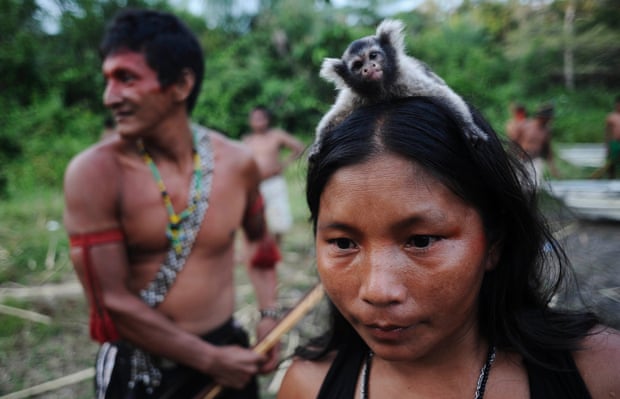
World leaders such as Emmanuel Macron, Justin Trudeau and Ursula von der Leyen have made much of the importance of Cop15 in stopping biodiversity loss, but many developing countries say they need more money if they are to expand protected areas and grow their economies in a less destructive way than their rich counterparts. As such, the global south does not want to agree to targets such as 30×30, with strict monitoring requirements, without anything in return.
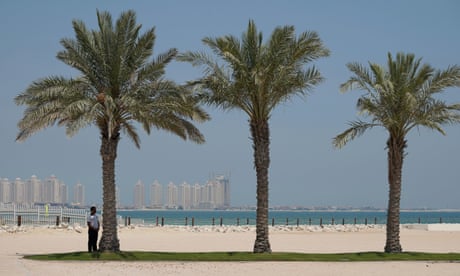
A row over how countries are compensated for drug discoveries and other commercial projects using digital versions is also a sticking point, with the Africa group warning it will not sign off on anything unless there is an agreement on digital sequence information (DSI) in the final framework.
What are we hoping for?
A positive final agreement that will be ambitious enough to halt the decline of nature, but modest enough to make targets achievable. There are plenty of quick wins available – invasive species eradication on islands, crackdowns on pollution, money for restoration efforts – but it will ultimately depend on the will of heads of state. Cop15 will be the moment to turn rhetoric into action and become a key part of the UN’s wider ambition for humans to live in harmony with nature by 2050.
Find more age of extinction coverage here, and follow biodiversity reporters Phoebe Weston and Patrick Greenfield on Twitter for all the latest news and features

